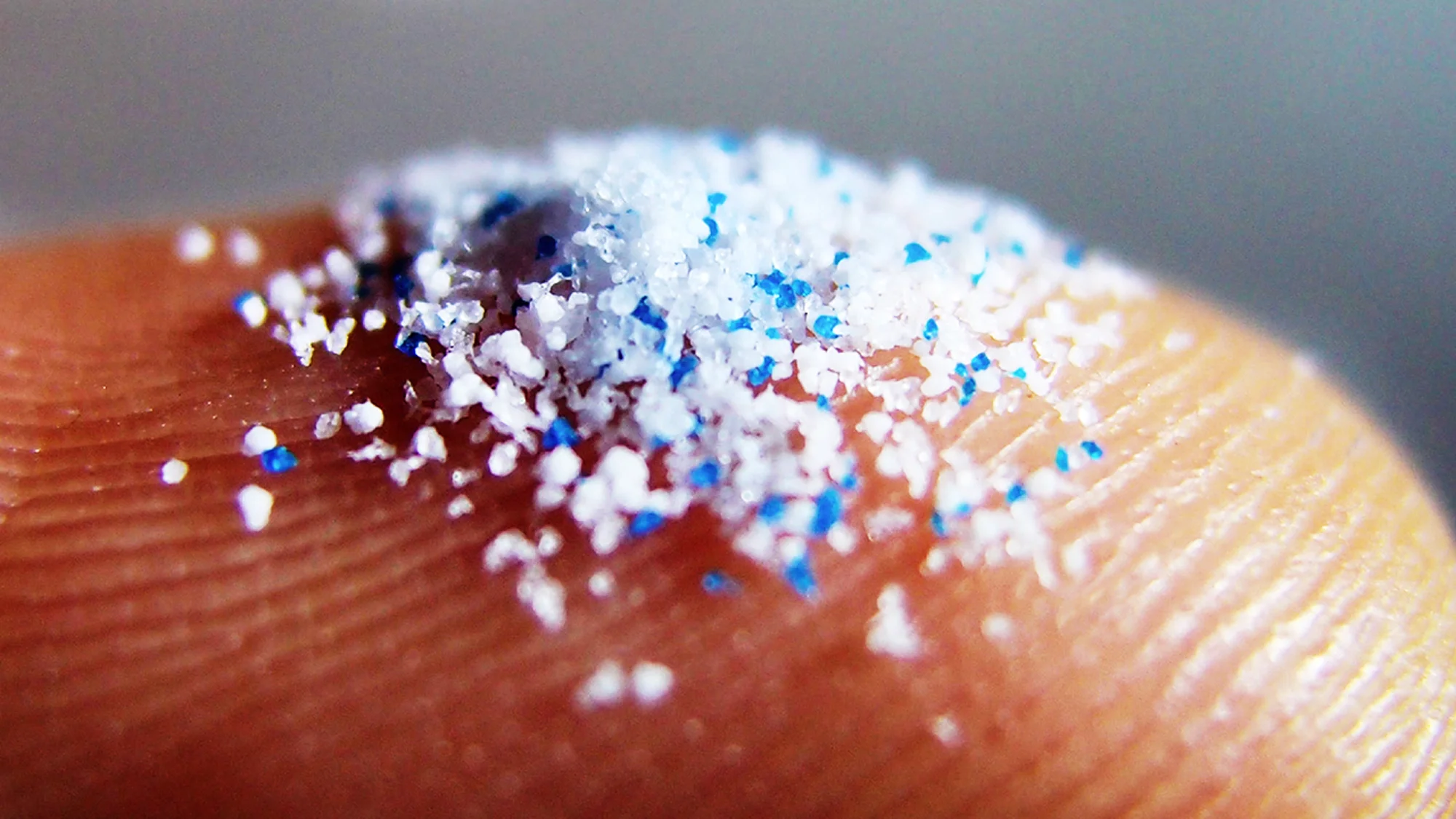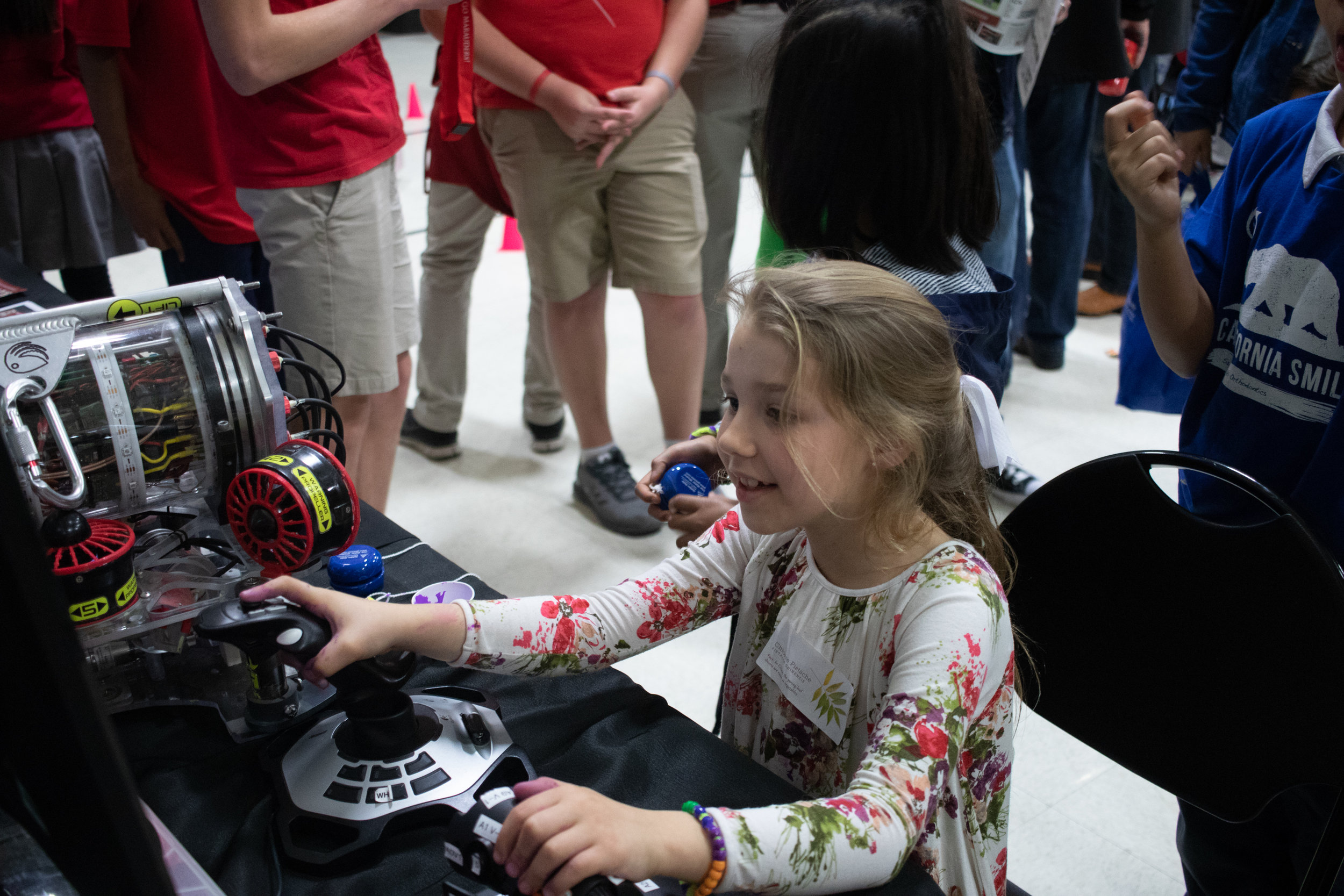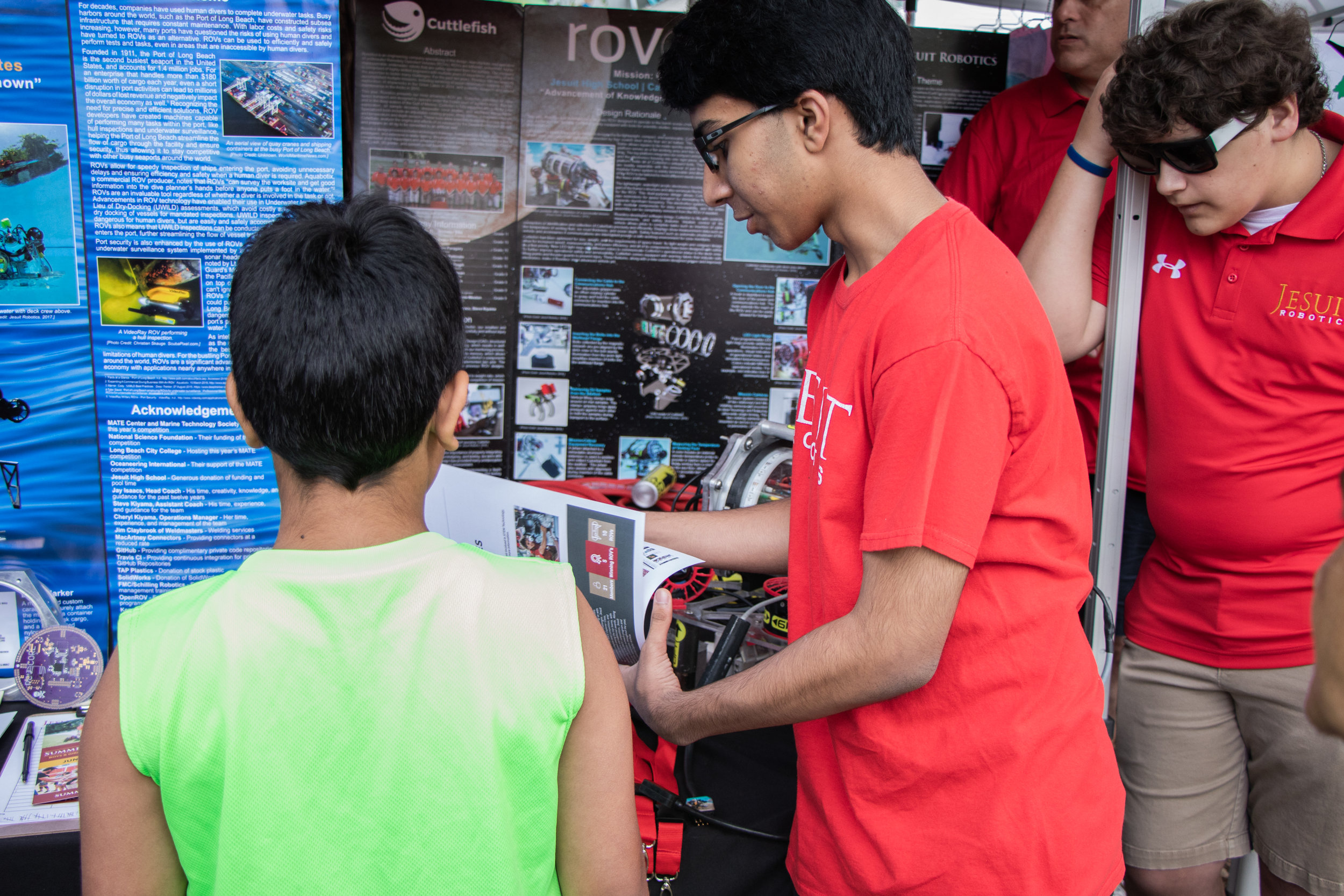Viewing entries by
Guest User
Bycatch is the incidental capture of non-target species that get caught when net and line fishing. With heavy fishing, there is almost always bycatch, which causes the unnecessary and avoidable deaths of other, non-target species. The nets used when fishing are often undetectable by sight and extremely strong, causing unexpected entanglement, let that be of fish or dolphins, once something gets caught, it rarely gets out.
As the increase in demand for fish worldwide grows, so will the number of animals caught in fishing nets, which will contribute to the rapid decline of some species and diversity, causing a change in entire ecosystems, likely for the worse. Bycatch is a byproduct of many industrial fishing methods, like bottom trawling and longlines. These methods are used to catch large quantities of fish over large areas, but these methods are extremely unselective. It’s estimated that over 300,000 small whales, dolphins, and porpoises die from entanglement each year. This is the reason that Bycatch is the single largest cause of death for small crustaceans. All due to the carelessness of within the fishing industry, and the unwillingness to change industry wide habits that cause needless endangerment.
While the act of fishing may not be inherently bad for the ocean, as one instance is not noticable in the grand scheme of things; the act of catching fish at a rate that is faster than fish stocks can replenish can have a major effect on the worldwide fish population, this process is known as Overfishing.
The number of overfished populations has more than tripled in the last 50 years and it is estimated that one-third of the world's fisheries are currently fishing more than their biological counterparts can handle. Overfishing is caused by both legitimate and illegitimate organizations. Some legitimate organizations contribute to the overfishing of the fish population by extending the fishing period longer than necessary, and taking on excess amounts of fish. Illegitimate organizations contribute to the rapid decline of fish populations when fishing for endangered, protected, or unsanctioned populations.
Experts estimate that illegal, unreported, and unregulated fishing nets $36.4 billion each year. As demand for fish increases worldwide, the overall population of fish decreases worldwide, causing entire species to alter behavior and effectively changing the entire ecosystem. Currently, fish ranks as the most highly traded food market worldwide and fuels a $362 Billion global industry. As half of the world’s population relies on fish as a primary source of protein, this drives the overexploitation of fish and environmental degradation, which contributes to the perpetuation of this circular problem.
Human impact on the environment continues to be a world-wide problem. From oil spills to pollution, humans lack of care for the environment has a number of impacts that not only affect us, but future generations. For example, a problem that we’re finding more about only now is microplastics in our water.
What are Microplastics?
Microplastics are small pieces of plastics less than five millimeters long. Some microplastics are micro by design, like plastic beads. Other microplastics were pieces of larger plastic pollution, such as water bottles. Exposure to water can degrade these larger pieces of plastic over time into smaller pieces.
Microplastic in Toothpaste
Where are Microplastics Found in the Ocean?
Scientists believe that there are “hotspots” where large quantities of microplastics are found, but they’re harder to identify or track due to their small size than larger pieces of plastic pollution. Ocean currents and circulation move microplastics like confetti, making them hard to track.
Why are Microplastics Important?
A 2015 study estimated that roughly eight million tons of plastics enter the world’s oceans each year, yet only one percent is found floating at the surface in visible form. This suggests that the bulk of plastics in the ocean are likely microplastics suspended in the water or buried in sediments—yet scientists are only beginning to understand where they might be, not to mention their potential impacts on ocean life, ecosystems, and human health.
What are Microplastics Impact?
Most people have seen pictures of larger plastic pollution impacting marine life, whether it’s a turtle stuck in a plastic six-pack holder or a dolphin entangled in plastic fishing gear. The impacts of larger plastic pollution are easy to recognize and observe, but the impacts of smaller plastic pollution are harder to track.
Plastic Six-Pack Rings
Marine organisms at the base of the food chain, such as plankton, ingest microplastics, and the plastic is propogated up the food chain. This means many of the seafood we eat has microplastics in it.
Plastics could present a risk to both marine animals and humans since they may contain toxic chemicals like phthalates, bisphenol A and others used in the manufacturing process. These additives can change the properties of plastic items in different ways. For example, they may make water bottles more rigid, and pens more flexible. Plastics can also become toxic by soaking up harmful chemicals from the environment such as polychlorinated biphenyls (PCBs), exposure to which has been directly linked to cancer and other serious human health problems.
Scientists are studying the potential health risks of microplastics to marine life and humans by determining which types appear to be the most toxic and how much of those are being ingested by marine animals.
What Can We About it?
Simple steps, like reducing the amount of plastic you throw out can have significant impact when implemented on a large scale. Organizations such as Ocean.org are researching the little-understood impacts of plastics on the ecosystem and solutions to the problem. More importantly, being aware of the impact our consumption patterns can have and reducing use of unnecessary plastics can help reduce further the flow of microplastics in the ocean.
Rovotics seeks to raise awareness about environmental issues such as this one to promote sustainable living practices and preserve the Earth for the future.
As some of you may know, for quite some time now, Rovotics has been working with an organization called ATMakers, a group dedicated to contributing to assistive technology. Tools that Rovotics creates can be extremely helpful to those with physical or cognitive challenges, and we would like to contribute that knowledge for the greater good.
Rovotics engineer Michael Equi programming a microcontroller
Tech that is relatively easy for us to create can have a huge impact on those who need it, and often the Assistive Technology (AT) industry is behind the curve, and doesn’t have solutions that people may need. We step in to work personally with individuals who would benefit form this kind of technology.
Price is another benefit of us working personally with people. We can often provide cheaper, more personally engineered solutions compared to corporate players.
St. Francis Fembots engineer Amy Kiyama measuring a mount for David’s wheelchair
Currently, Rovotics is working alongside St. Francis Robotics (Fembots) to engineer a saliva suction device for David Bekhour. The device is built simply, using suction tube, a Feather microcontroller, and various pre-made products. Once completed, the project will be open sourced and well-documented for others to replicate.
Currently, we’re working with David closely to customize the solution further for him. Unfortunately, it’s often hard to find time due to our various other projects, but we’ve been making good progress. Keep updated with our progress by signing up for our email updates.
What happens when you go to a website?
Ever wondered about how robotics work? Delve into the exciting world of robotics and see how it all works!
Ever wondered what goes on in our lab? Watch this quick video of a few of our team members working on various projects around the lab. From epoxying to CAD work, there’s always a ton of things happening in the average workday.
A CNC, or computer numerical control, is a machining process that involves a drill mounted on a track controlled by a computer. Software dictates the movement of the tool, allowing cutting tasks to be completed using a single set of prompts. A 2D or 3D CAD (Computer Aided Deisng) drawing is made and fed into the computer, which the computer translates into code for the CNC system to execute. Watch a CNC in action below.
Want to learn more about how we use a variety of manufacturing tools on our robotics team? Check out our skills page for more info or contact us!
Have you ever wondered what it’s like to be on the Jesuit Robotics software team? If so, watch the video below as our newest team members relate their experience so far. Every year, our team takes three to four new team members after an intensive interview process. Want to learn more about how we choose our team? Send us an email or comment below.
Our newest team members, Andrew Grindstaff '21, Dylan Charamuga '22, Taylor Vincent '22, and Charlie Diaz '22 talk about their experience so far on the Jesuit Robotics Team. Produced by the Jesuit Robotics Marketing and Publication Team 2018-2019.
In this article, I’ll be teaching you how to create your first Angular 7 Project.
Note: This course requires some basic knowledge of web development
Angular — The Framework
Angular 7
What is Angular?
Angular is a web development framework that makes it easier to build web apps. Angular combines a whole host of features, such as dependency injection, end to end tooling, and integrated best practices to help you build a web application for the web, mobile, and desktop. You may have worked with something like Node JS before, and Angular is built off of Node JS and combines a host of other tools to create an integrated web framework. Angular is written in something called Typescript. Typescript is built off of Javascript, and combines features of Object Oriented Languages (OOP), such as classes, type declaration. Typescript is an interpreted language, and is compiled to Javascript. This means that the core features of javascript are unchanged, only improved, by Typescript. Angular is based around Typescript.
Get started with Angular
This assumes you have NodeJS installed. To make sure you have Node Installed, run node -v and it should return a version number.
Install the Angular Command Line Interface (CLI)
Use NPM (Node Package Manager) to install the command line interface for Angular. The CLI allows you to easily create and use Angular Projects
npm i @angular/cli
Note that you may need sudo if running on Mac or Linux
Create a new Angular Project
Navigate to where you’d like to place your new project. This creates a new Angular project with the name “my-angular-app”. Think of this project as a scaffold for your application, it quick starts your development.
ng new my-angular-app
You can now move into this application by running cd my-angular-app . To start the application, run ng serve -o . This will start the Angular development server and open the link to it (localhost:4200) in your default web browser.
Great, right? Now that you have the basic boilerplate code for an Angular App, you can build on top of it.
And that brings us to the end of this article. I hope this article has enabled you to successfully create your first Angular App. In the next article, I’ll be going into how Angular Projects are organized.
Wondering about the Best STEM Books for your child? Look no further then this guide!
Everyone knows self-driving cars as one of the biggest technology trends of this year. Though still in its infancy stage (Though Waymo, the leader in autonomous car tech, is only at level 4 automation), actual adoption and use of self-driving technology is still growing. This innovation could radically transform our transportation system. Before we start with how the technology works, a brief description of different layers of autonomy is needed.
Layers of autonomy
Different cars are capable of different levels of self-driving, and are often described by researchers on a scale of 0-5.
Level 0: All major systems are controlled by humans
Level 1: Certain systems, such as cruise control or automatic braking, may be controlled by the car, one at a time
Level 2: The car offers at least two simultaneous automated functions, like acceleration and steering, but requires humans for safe operation
Level 3: The car can manage all safety-critical functions under certain conditions, but the driver is expected to take over when alerted
Level 4: The car is fully-autonomous in some driving scenarios, though not all
Level 5: The car is completely capable of self-driving in every situation
How They Work
Various self-driving car technologies have been developed by major automakers and companies such as Google, Uber, Tesla, and Nissan. While design details vary, the majority of cars create and maintain a map of their surroundings, based on sensors such as radar, lasers, or stereoscopic vision.
Car mapping of the surrounding environment (FutureCar.com)
Software uses the inputs to plot a path and send instructions to the vehicle to accelerate, brake, and steer. Hard coded rules, algorithms, and predictions help the software navigate and follow rules.
These cars may require a human driver to intervene if the software is uncertain of what action to make, but as technology progresses, human intervention will no longer be needed.
Why We Need Self Driving Cars
The costs and benefits of cars are hypothetical, as large scale adoption isn’t common, but there are some major benefits and possible downsides to adoption of autonomous car technology.
Safety is an overarching concern. Thousands of people die in motor vehicle crashes each year, and autonomous cars could offer a solution to decreasing deaths.
Equity is another major consideration. Self driving technology could help people who aren’t able to drive themselves, but it could displace millions of employed drivers (such as bus or truck drivers), causing other issues.
Environmental Impact is an often overlooked concern. Due to the large scale adoption of accessible, affordable, and convenient self-driving cars, the number of miles driven each year could skyrocket. However, a proposed use of shared rides (such as Uber’s plans), or electric cars (Tesla), could help solve this problem.
How to get into the Technical Side of Self Driving Technology
Companies are on the prowl for job applicants in self driving or autonomous technology, and many universities are establishing programs that focus on the subject. Courses such as this one will get you up to speed on some of the technical components of developing autonomous technology, while there’s a series of lectures such as this one that can help you.
Self Self Driving Course from The Construct Sim
Why STEM is important for Elementary School.
5 Sometime Overlooked Benefits of STEM Education
STEM is important because the world depends on it. From banking to construction, STEM is always the backbone. Right now 2.4 million STEM jobs are projected to go unfilled this year. This lack of workers will prove to be a problem as our society relies more and more on technology in all factors of our life.
STEM jobs pay well. The media earning for STEM jobs is $39 an hour. Large companies are going to the extremes to hire good workers, with corporations such as Google or Facebook paying engineers massive salaries. The best part? STEM jobs are growing. With more and more STEM industries growing, such as AI and machine learning, the job market just keeps getting bigger.
STEM education at a young age is important. Just like MBA players played basketball as children, STEM activities in early childhood can help foster a love and a passion for STEM. Right now, only a quarter of all K-12 schools offer computer science or coding classes. This means that a very large population of children are never exposed to this curriculum. This leaves it up to the kids, or their parents, to be proactive about STEM learning. Here at Robotics, we help foster that love. With a variety of materials for learning about STEM (including this blog), theres something for everyone. Even better, our inbox is always open for you to inquire about the hottest STEM activity right now.
The STEM industry is only growing. With so many resources online to learn about STEM, theres no reason not to. Even better, let us know how we can help. At the end of the day, STEM education is never too late, but its much better to be early.
Getting Started in Software Development
Our Mission
Here at Rovotics, we do more than build ROVs, we inspire the next generation of STEM engineers. Daily posts will be made here on the newest innovations in STEM education, and ways you or your child can get into STEM. With resources and interviews with Rovotics employees, we hope to make getting into STEM as easy as possible. Be sure to sign up for our newsletter for updates on new posts. With that, we hope that you enjoy our blog and contact us if you have any questions.






























